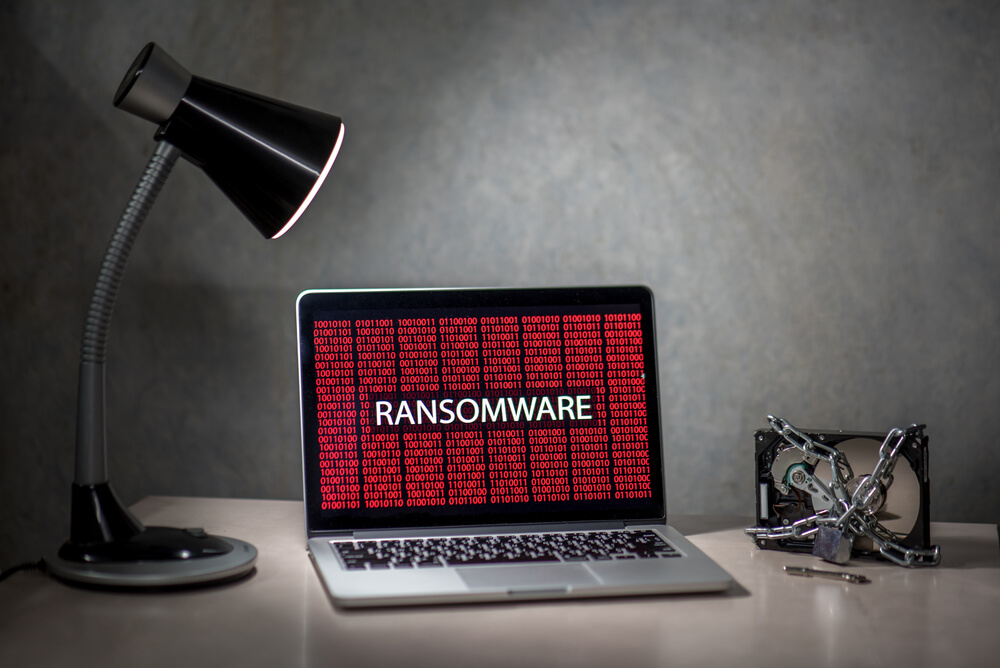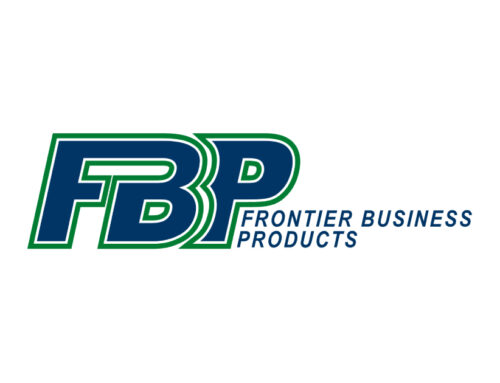There are countless advantages of living in this interconnected world, starting from the possibility to pay your bills from the comfort of your home, all the way up to following the development of a national crisis live in real-time. The incredible impact of the World Wide Web is something that brought people and nations together, but it’s also a double-sided coin. Unfortunately, the darker side of the coin is riddled with software and people who are looking to take advantage of users who aren’t so well versed in terms of cybersecurity. If you’re not familiar with the do’s and don’ts and are looking to figure out how dangerous it is to venture into these waters unprotected, take a moment to read our ransomware guide. Armed with this information you can see how it can affect your life, and how you can protect against ransomware.
What Is Ransomware?
Ransomware is most often a type of malicious software specifically designed to prevent you from accessing your data. Some types of ransomware encrypt your data with the promise of giving you the decryption key as soon as you pay for ransom. Other, more cruel forms of ransomware may include software that is set up to delete the entirety of your data in 24 hours if you fail to pay for ransom. Dealing with this kind of cyber-attack is a massive nuisance, and on top of that – once your network gets infected, there is very little you can do to prevent further damage. So, take a look at possible network solutions.
How Does Ransomware Work?
- How Does Ransomware Get On My Computer?
There are numerous ways of getting infected with ransomware. Whether you pick it up by clicking on dubious links or perhaps via spam emails, once ransomware enters your network, it launches itself and starts crawling through your system and infecting virtually everything.
- What Does Ransomware Do?
The vast majority of ransomware programs will encrypt your data, add an extension to your files, and lock them permanently. At this point, you have little to no chance of reversing the damage unless you have the encryption key, which would allow you to decrypt your files. It’s important to keep in mind that there are instances in which you can’t even notice that you’re dealing with a suspicious, phishing link, so it doesn’t mean it’s always your fault. Seasoned hackers use services that allow them to use very similar, if not identical email addresses as some well-known internet giants such as Google, Apple, or Yahoo. Therefore, you may end up opening an infected email from a domain similar to yahoo.com without even knowing that you’re actually infecting your system.
Some forms of ransomware can be disguised as representatives of law enforcement agencies shutting down your computer due to the alleged presence of pornography or pirated software. In these cases, you will be asked to pay a “fine” in order to “unlock” your files and data. DON’T fall for this type of scam, and whatever you do – DON’T pay for ransom because you will not get the encryption key.
How to Protect Against Ransomware?
Now that we’ve covered some of the basics regarding ransomware, it’s time to shift our attention towards protection. There are a couple of ways to protect against ransomware, some of which include;
- Being Diligent When Clicking on Links
The easiest way of getting infected with ransomware is through phishing links, specifically designed to infect your computer and hold your data hostage. As we’ve briefly mentioned before, hackers have the ability to send you emails that seem legitimate at first glance but are instead a virus in disguise. People who have some experience in IT are probably not the main demographic for these kinds of attacks. Unfortunately, there are millions of people who simply aren’t aware of the risks involved in clicking a simple link. Luckily, protecting yourself against phishing links is pretty simple – don’t click on them! Whichever narrative is being pushed in the email – don’t fall for it. Some emails may (allegedly) be from your relatives looking for money to pay for therapy, medications, and so on. It’s perfectly reasonable to expect that someone somewhere will fall for that, which is why you need to remember that it’s very unlikely that you’re getting a direct email from your sick relative – it’s a scam. You shouldn’t let your curiosity get the best of you because rest assured that it’s not worth it.
- Keep Your OS Up to Date
Whichever operating system you’re using, make sure to keep it updated at all times. For example, Microsoft will include the necessary security measures against the newest malware in each update they publish. In other words, the Windows Defender, which is the default anti-malware software within Windows, will contain flags against new types of ransomware and warn you about it before it’s too late.
- Backup, Backup, Backup!
While this isn’t something that will protect you per se, it’s a practice you ought to keep in mind at all times. Backing up your files regularly will not prevent you from being targeted, but it will at least help you to reverse the damage by allowing you to roll everything back to the last backup instance. Of course, you should NOT keep the backup database on the same network as the original(s) because it will get locked up and encrypted, just like all of your other files. You should also avoid keeping backups on cloud services since they are susceptible to hacks as well. The best and safest way to store your backups is on physical drives such as SSDs, hard drives, USB sticks, and other forms of physical storage devices. Start utilizing scheduled backups, and we guarantee you’ll drastically minimize the potential damage.
- Using Antivirus Software
The vast majority of modern antivirus software is equipped with anti-malware protocols, designed to warn and protect you from popular types of ransomware. However, important things you should keep in mind are the credibility, authenticity, and popularity of particular antivirus programs. In other words, you should always download antivirus software from official sources rather than trusting a 3rd party. For example, if you want to install Norton Antivirus, which is one of the most popular in the past couple of years, do it via their official website rather than any other source you may stumble upon. Regular system scans are also crucial if you want to stay protected at all times. In some cases, an antivirus program might quarantine a suspicious file rather than outright delete it, meaning you should put it under scrutiny and perhaps scan the whole database before you decide what you want to do with that particular file. At the end of the day, even if you protect yourself as much as possible, there is still a chance of being exposed and getting infected with ransomware. Backups do help a lot in these cases, but you can never be 100% safe. However, as long as you follow some of the tips we’ve covered in this article, the chances of getting your system infected should stay relatively low.
If you would like to know more about malware, ransomware, cybersecurity, and how to protect your data, don’t hesitate to read our other articles.



